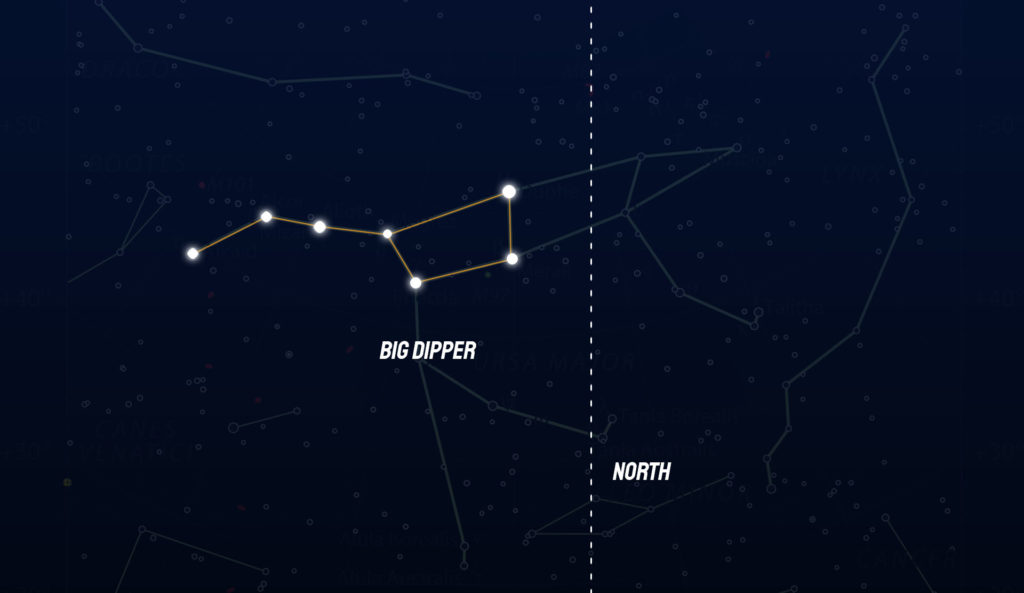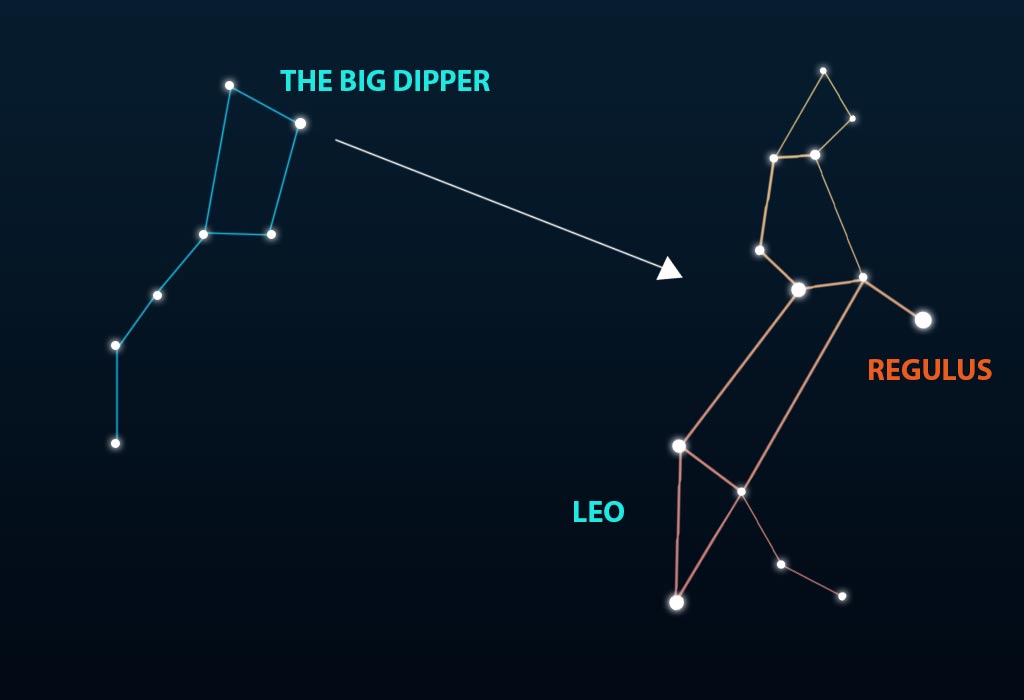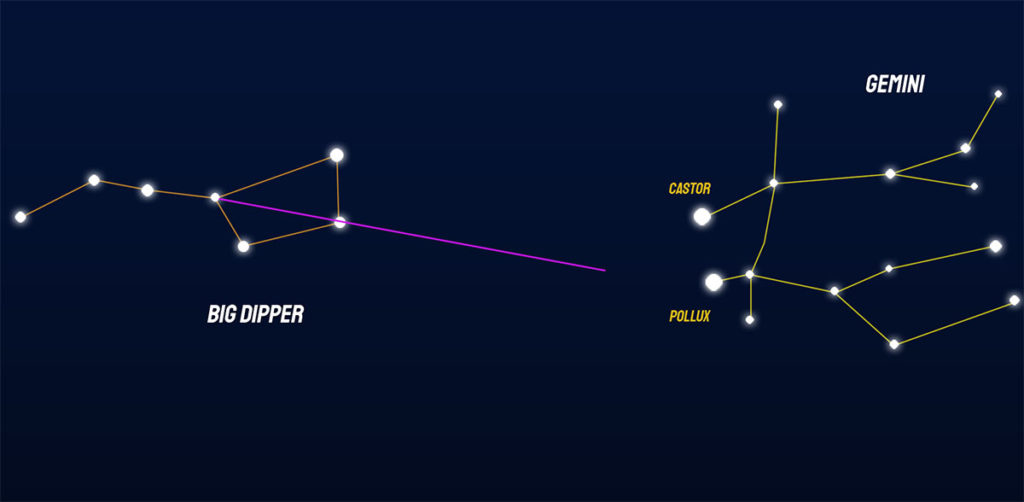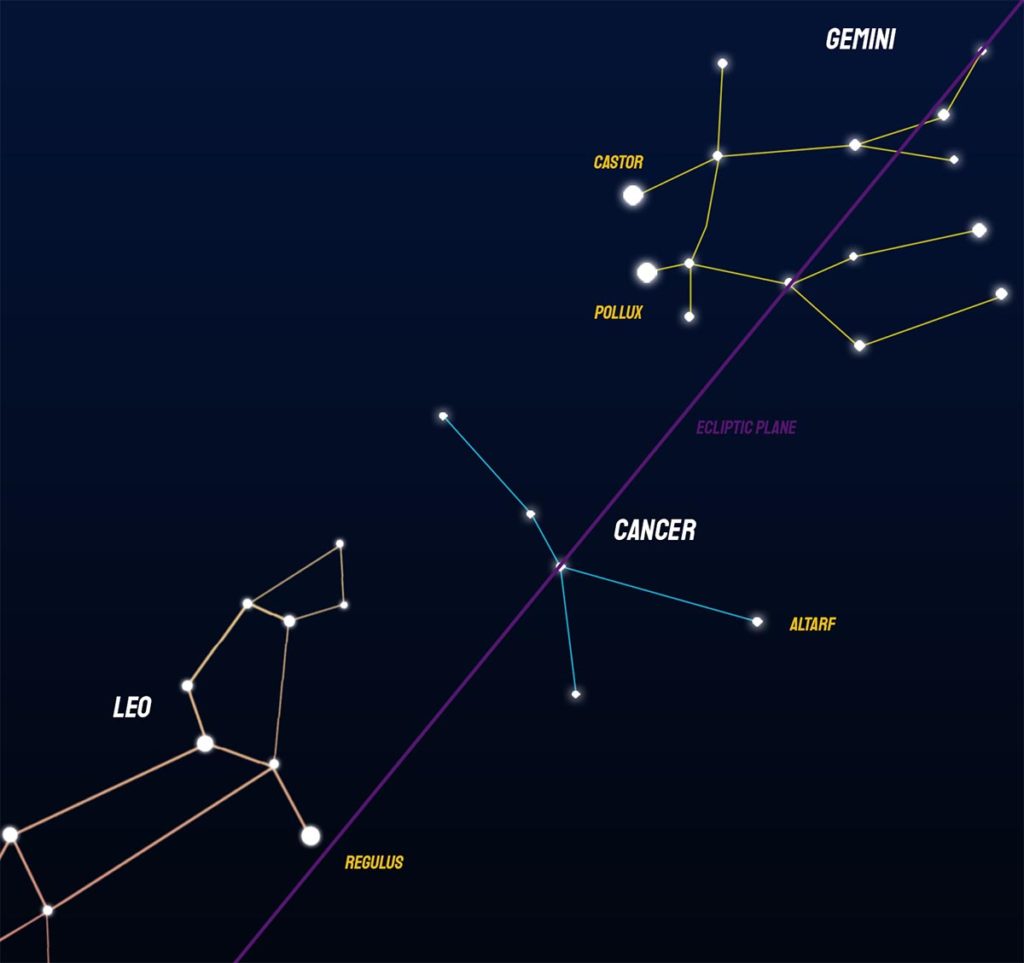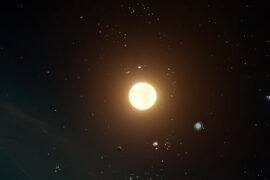The Cancer constellation is one of the oldest recognized groups of stars in the sky. It was one of the original 48 constellations listed by the Greek astronomer, Ptolemy in his catalog. Cancer is also one of the 12 zodiac constellations, and is one of the modern 88 recognized by astronomers.
The Cancer constellation is one of the trickiest zodiac constellations to find so it is important to know how and when to look for it in order to make things easier.
This constellation gets its name from the Greek Karkinos, which means crab, after the crab that the hero Heracles defeats during his battle with the hydra.
Here’s some general data and facts about it that everyone should know:
| Name | Cancer |
| Abbreviation | Cnc |
| Genitive | Cancri |
| Meaning | The crab |
| Main stars | 5 |
| Bayer stars | 76 |
| Discovered stars with planets | 10 |
| Brightest star | Altarf (Beta Cancri) |
| Location | NQ2 |
| Visible latitudes | +90 to -60 |
| Meteor showers | Delta cancrids |
| Neighbor constellations | Lynx, Gemini, Hydra, Leo, Leo minor |
When and Where To Find the Cancer Constellation
Cance can be foun in the sky between September and June everywhere in the world except for Antarctica. The best month to watch it is March, where it can be found directly overhead at around 9:00 PM.
During the summer months, on July and August, the constellation passes behind the Sun, which makes it impossible to see at night.
Just like the Moon and the Sun, constellation rise on the East and set on the West. Depending on the month of the year, because of Earth’s orbit around the Sun, they rise at different times of the day, so even if they can be seen during that month, they might not be visible at certain times.
The following table will tell you the windows of time at which the Cancer constellation can be seen depending on the month.
| Month | Visible | Not visible |
|---|---|---|
| January | 7:30 PM to sunrise | sunset to 7:30 PM |
| February | sunset to 4:00 AM | 4:00 AM to sunrise |
| March | sunset to 2:00 AM | 2:00 AM to sunrise |
| April | sunset to 1:30 AM | 1:30 AM to sunrise |
| May | sunset to 11:30 PM | 11:30 PM to sunrise |
| June | sunset to 9:30 PM | 9:30 PM to sunrise |
| July | not visible | not visible |
| August | not visible | not visible |
| September | 3:00 AM to sunrise | sunset to 3:00 AM |
| October | 1:00 AM to sunrise | sunset to 1:00 AM |
| November | 11:30 PM to sunrise | sunset to 11:30 PM |
| December | 9:30 PM to sunrise | sunset to 9:30 PM |
For the months where the table says it’s already up by sunset, you will not see the constellation rise from the horizon. Instead, it will already be up in the sky by the time it gets dark.
The stars in the Cancer constellation are quite dim, so it might be hard to see it in cities with lots oof light pollution without the help of a telescope of binoculars. In suburban or rural settings with good sky conditions, it is definitely possible to see it just using your eyes.
How to find the Cancer constellation
The shape, size and low brightness of Cancer make it difficult to find by itself. It is easier to use other constellations as a starting point and work your way there.
Just like all the other zodiac constellations, Cancer is located in the ecliptic plane. The ecliptic plane is an imaginary line that marks the path of Earth’s orbit around the sun.
For most of the zodiac constellations, finding the ecliptic plane and following it can be enough to find them, but for Cancer, even that method can be tricky as you would still need to find its neighbors anyway, so the following method is prefered.
If you live waaay south, like southern Argentina or southern Australia and the Big Dipper isn’t available to you, replace the first 3 steps and use the second method in our article on how to find Gemini instead.
Step 1: Find the Big Dipper
The Big Dipper is one of the easiest groups of stars to find in the sky. If you have never heard about it, it’s an asterism (kind of like a constellation, but not official) that is part of the Ursa Major constellation. The Big Dipper is located almost exactly North. If you need help finding which way is North, pull up the compass app in your phone.
Step 2: Find Regulus
Regulus is the brightest star in the Leo constellation. To find it, trace an imaginary line that extends from the two stars that make up the side of the “bowl” in the big dipper that is opposite to the “handle”. This line points almost exactly at Regulus. It’s the brightest star in the are, so it’s not too difficult to recognize it.
Step 3: Find Castor and Pollux
Next, we are going to find the Gemini constellation. More specifically, we will need to find it’s two brightest stars: Castor and Pollux.
Going back to the big dipper, trace an imaginary line diagonally across the “bowl” starting from the “handle” like in the diagram.
If you extend this line, it will point almost exactly at Pollux. You will recognize Castor and Pollux because they are a very bright pair of stars that are next to each other.
Step 4: Split the difference
Now that you have located Regulus, Castor, and Pollux, the Cancer constellation is right in the middle between Regulus and the other two. The most recognizable star in the area is Altarf, which forms the bottom right leg of the constellation. From there you should be able to identify the remaining stars with a bit of patience.
Identifying the shape of the Cancer constellation
The shape of the Cancer constellation is easy to identify as it is pretty simple. The hard par is finding the stars that compose it as they are not too bright.
It’s main shape is formed by just 5 stars and represent a crab. The top 3 stars form the body while the lower two make up its claws.
The bottom 3 stars are the brightest and are the easiest to find. They are Delta Cancri, Acubens, and Altarf and they form a triangle.
A popular attraction of the Cancer constellation is the Messier object 44, more commonly known as the beehive cluster. This is a cluster of stars that is right in the middle of the constellation. For some experienced of astronomers, finding the beehive cluster can be the easiest way to identify the constellation, but this is a method that needs the help of a telescope.
How to find more constellations
Aries – Taurus – Gemini – Cancer – Leo – Virgo – Libra – Scorpius – Saggitarius – Capricornus – Aquarius – Pisces


